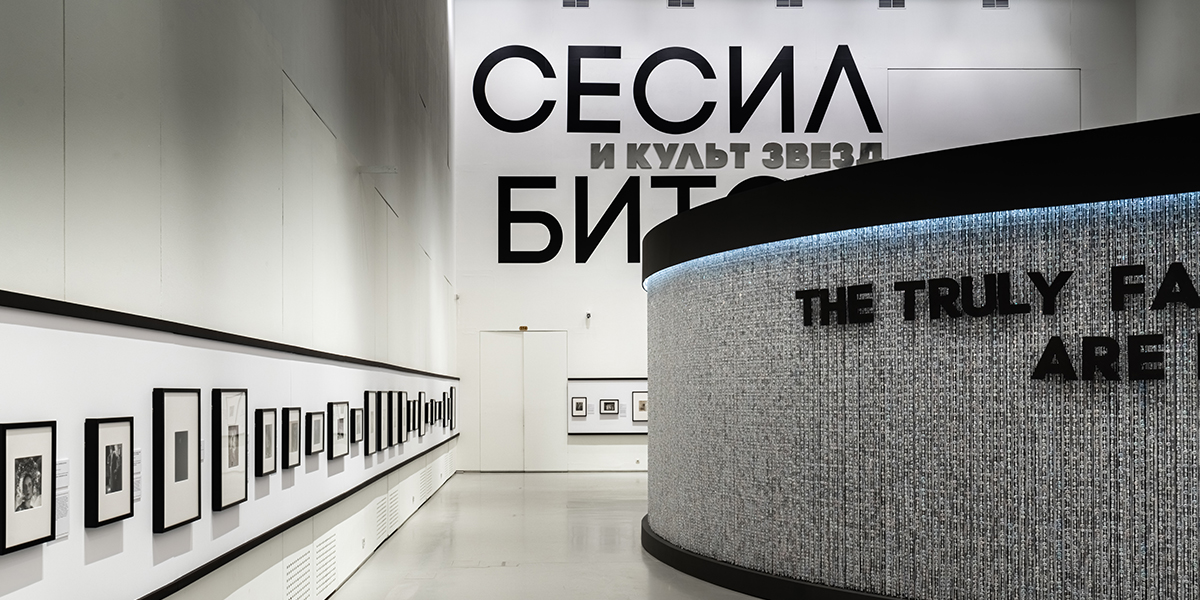
Text
L i s a L u k i a n o v a
An exhibition of works by British photographer Cecil Beaton will be held at the General Staff of the Hermitage from 9 December 2020 to 14 March 2021.
Cecil Beaton (1904-1980) is among the most celebrated photographers of the 20th century. After the Second World War he became the official photographer of the British Royal Court; in 1964 he was awarded an Academy Award for his work on the film My Fair Lady. In 1972 he was honored with the title of Sir. Over a career spanning more than fifty years, he has created a portrait gallery of great personalities, from Hollywood superstars to bohemian artists, from surrealist figures to a young Elizabeth II. Beaton described his main task in portraiture as staging an apotheosis – an arrangement of a spectacular appearance of a person in high society. The exhibition “Cecil Beaton. Celebrating Celebrity” presents over 100 portraits taken by Beaton over the years from the photographer’s studio, the V&A, Vogue magazine and Vanity Fair archives. The focus will be on Russian expatriates who have defined fashion culture and posed for Beaton’s portraits.
PurpleHaze team held a short interview with the creators of the exhibition. So, the questions are answered by Julia Napolova, architect and creator of the architectural bureau PSCulture, and the curator of the exhibition “Cecil Beaton. Celebrating Celebrity”, and researcher at the State Hermitage Museum Daria Panayotti.
Hello Julia and Daria, thank you for taking time for that interview. Let’s start with a first question.Please tell us about the PSCulture Bureau, the projects it is involved in and its creation?
Julia Napolova: PSCulture was founded in 2014. From the beginning, the objectives of the Bureau have been positioned in the field of culture, and since then, the company’s course has not changed. Despite its narrow specialisation, the projects are really diverse: concepts for new museums, design of temporary exhibitions, design of international exhibitions. Each new project gives us a new perspective on the multifaceted nature of the subject we deal with. Following a professional challenge, we have put together a team according to the same principle: everyone at PSCulture has their own unique experience and style. At the moment the bureau is working on projects such as the Regalia of the Moscow Kremlin, the Moscow Planetarium exhibition and the Polytechnic Museum. In 2020, in spite of the pandemic, we opened not only Cecil Beaton in the Hermitage, but also exhibitions about Alexander III in the State Historical Museum and Yesenin in the Literary Museum named after A. Dahl. Dal.
The exhibition “Cecil Beaton. Celebrating Celebrity” was launched at the State Hermitage Museum – a project dedicated to the absolutely legendary twentieth-century photographer. Please share what it was like to organise an international exhibition amidst the pandemic?
Daria Panaiotti: At various stages of the project, the participants were required to show very rare qualities that require great composure: a blind faith that the project will happen and a desperate will to keep working at the same level of mastery; optimism in the face of logistical and other difficulties that at first seem insurmountable; the ability to mobilise quickly and start working at maximum capacity when confirmation finally comes about deadlines and the completion of the various stages of the project.
What exactly fascinated you about Cecil Beaton’s work? And why has he become the central character of this new project? Could the theme of secular photography from the turn of the century be of interest to today’s viewers?
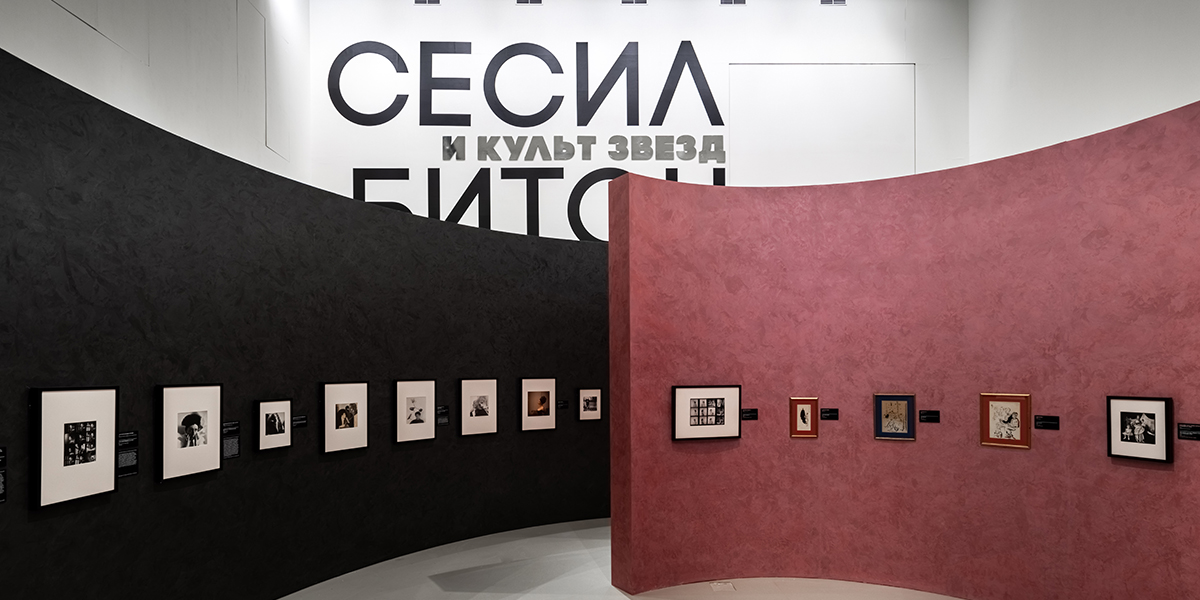
Daria Paniotti: Beaton can be called one of the creators of the culture in which we all live today: the culture of the celebrities, which is based on an avalanche economy of visual images. We all create our public image with selfies on social media today; Cecil Beaton formulated many rules that remain unalterable to this day.
At the same time, it is a special challenge for the curator. The terminology relating to fashion, secularism, and public culture is poorly developed in Russian. Beaton is part of the phenomenon of British culture, which is very difficult to explain and with which it is difficult to draw parallels in Russian culture. I found this task very challenging because it was a very interesting one.
What was your main source of inspiration in the visual design of the exhibition?
Julia Napolova: The main inspiration for us was Beaton himself, his personality and approach to his work. Cecil loved unconventional moves, provocation, irony – but his camera idolised its characters. We have tried to express this contradiction through the selection of materials. Lace, as the main leitmotif of the decoration, is meant to stun the viewer with its luxury and glitter, but these stars are just a background for the real, Hollywood stars hidden behind the shimmering curtain. The texture of the decorative plaster references the velvet of the Royal House, with which Cecil has worked for many years. The perimeter display is maintained in a more austere monochrome frame, emphasising the aesthetic of black and white photography.
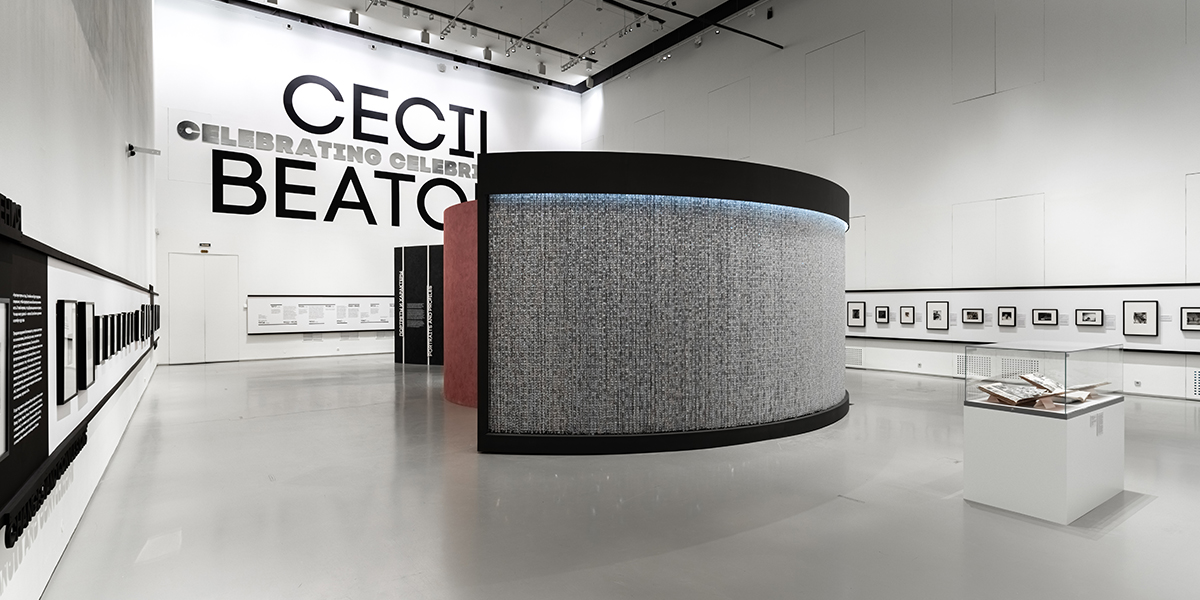
Tell us about the organisers of the exhibition and the team. How did it come together?
Daria Paniotti: The Contemporary Art Department team and the Hermitage team, which consists of many professionals in a variety of fields, had a lot of help from colleagues at the British Friends Foundation. I think they were also interested in bringing in such an important name, which for some reason has remained very little known to the Russian public.
Many people say that the Internet will soon replace exhibitions. Aren’t museum exhibitions a thing of the past?
Daria Paniotti: It was very important for us to bring exactly vintage prints to the exhibition; nothing can replace the materiality of an art object and a historical object. We’ll see what the long-term effects of the pandemonium will be. Before it, the example of Sweden’s Fotografiska, an ultra-popular museum that actually takes vivid photography from the pages of creative content aggregator sites into physical space, offering a cultural experience of encountering art, a kind of accessible form of high-end consumption, shows that museums cannot replace the Internet.
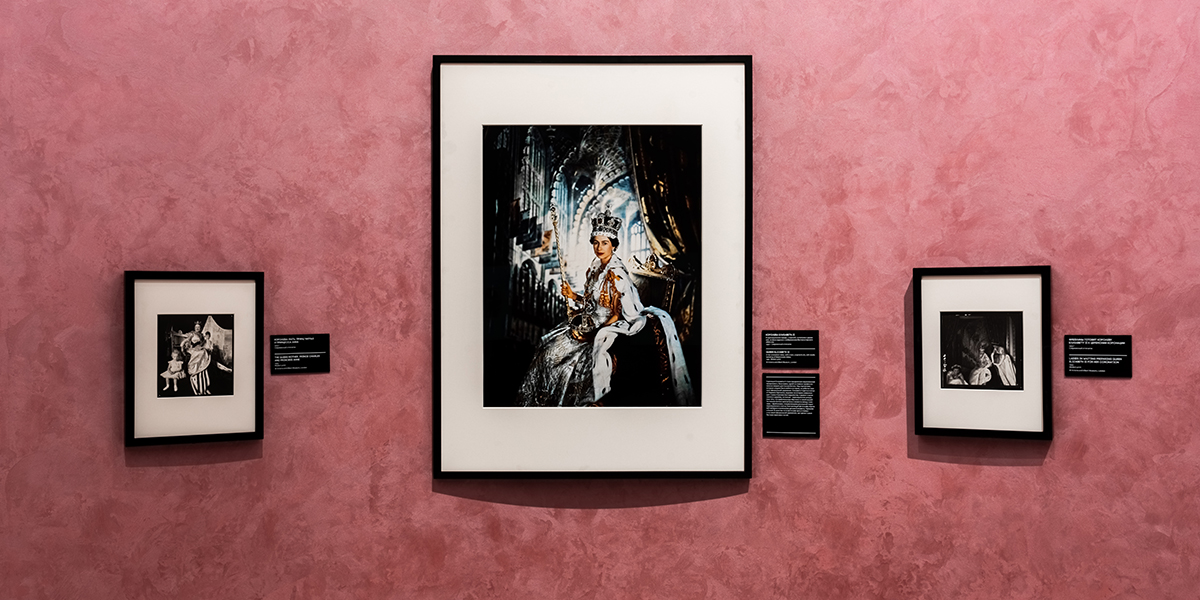
What is the portrait of your target audience? In your opinion, what and how can you draw the audience’s attention and interest these days?
Daria Panayotti: The Hermitage is one of the main museums in the country, so we always have a task to work with the widest audience. We have tried to select works and compose texts accompanying the exhibition in such a way that it should also attract people, who actually came to see their favourite impressionists and to look at their works.
How do you think the art world will be in 5-10 years?
Daria Paniotti: I think there will certainly be fewer blockbuster exhibitions, and museums will work more with their collections, discovering new things and rethinking old ones. This trend, even before the pandemic, began to be set when MoMA was reorganised. Museums, even the largest ones, will turn to local, urban audiences. Curators will have to look into the eyes of their audience and learn to apply the good old laws of rhetoric, whereas before it was accepted that the curator would create meanings in cooperation with art, while the spectator was often excluded from this dialogue. In Russia, this means that the language of art talk will change in a major way; it will become more transparent, more accessible, and in big cities, it will have to be done without simplifying the content. In my opinion, a very noble task!
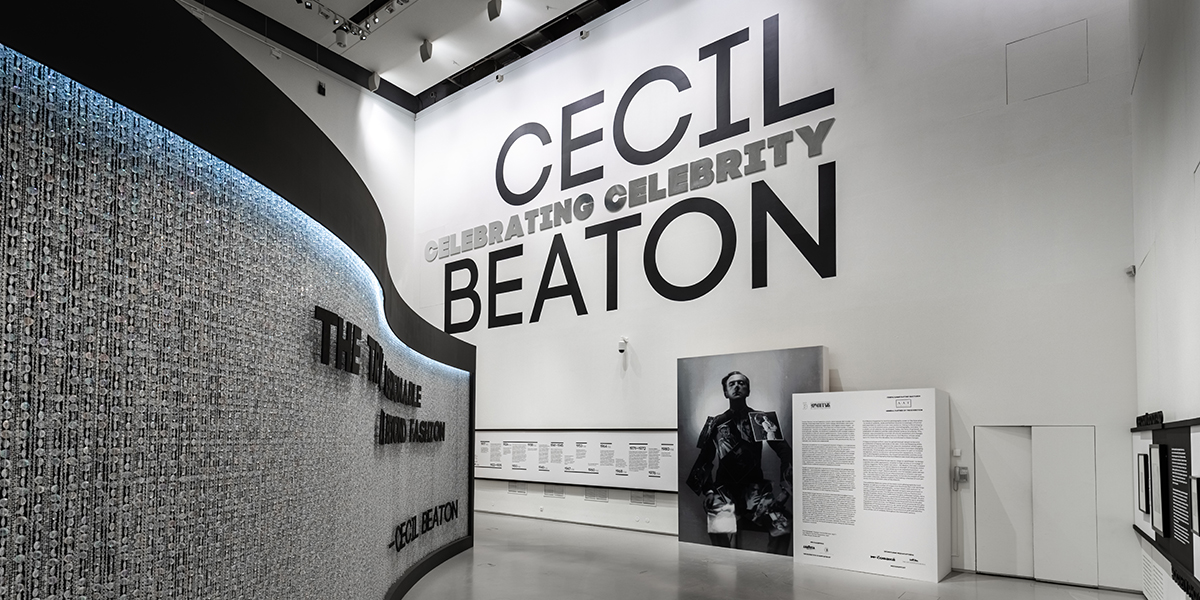
What are the three components of a successful exhibition? What is the best way to attract the attention of a person interested in art nowadays?
Daria Paniotti: I think this will vary greatly from country to country. The content of the exhibition needs to resonate with certain social attitudes (strangely, one of the most popular pieces in Cecil Beaton’s exhibition was a portrait of Aldous Huxley; it is a rich source of thoughts! For the Russian viewer, an introductory text which sets the modus vivendi of the art perception is very important (even if it has to be intuitive, rather than intellectual – it had better be spelled out). And, of course, the very organisation of the exhibition must „draw“ you in; it is clear that just displaying the objects in the showcases is not enough; you have to create an environment that will entice the visitor to stay longer, to extend the physical and social experience of going to a museum.
Instagram PSCulture studio @psculture_studio
Facebook PSCulture studio PSCulture.studio
Facebook Dasha Panayotti dasha.panayotti
Instagram Hermitage Museum @hermitage_museum
Instagram Hermitage 20/21 @hermitage20_21

